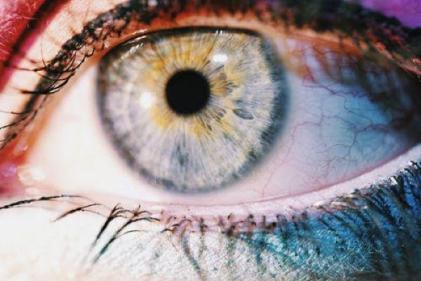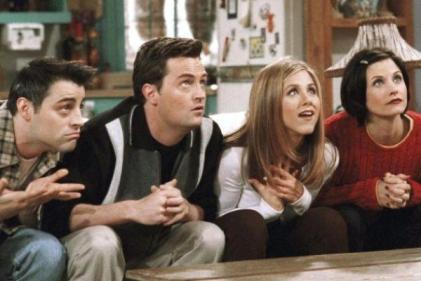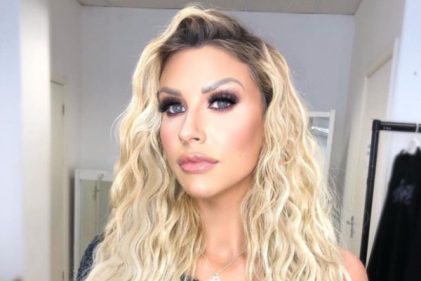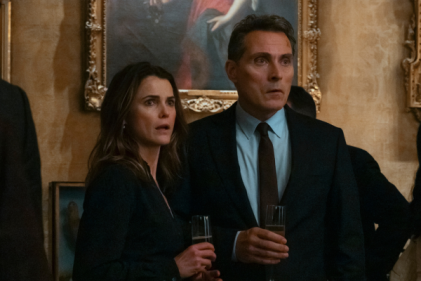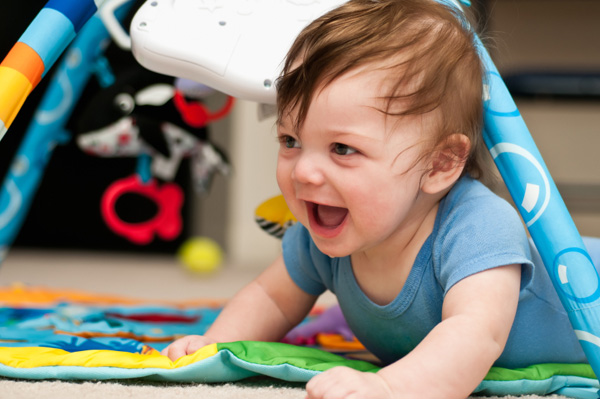 Your newborn could happily wile away the hours by gazing at you and getting all those lovely cuddles, but soon he or she will start to show an interest in toys.
Your newborn could happily wile away the hours by gazing at you and getting all those lovely cuddles, but soon he or she will start to show an interest in toys.
Baby toys come in all shapes and sizes and it’s hard not to get a bit overwhelmed by the never-ending array to choose from. While your maternal instincts will guide you to what toys your baby will love, the question of safety is another matter altogether.
Here are a few things to look out for when buying a toy your little one can safely have endless hours of fun with.
Buy for your baby's age
Most toys show a recommended age sticker, which can be used as a starting point in the selection process. Also look for toys that grow with baby as he or she moves through the lying, sitting and standing phases.
Think big
Until your child turns three, toy parts should be bigger than his or her mouth to prevent the possibility of choking. A handy test to see whether a toy poses a choking risk, is to try fitting it through a toilet paper roll. If a toy or part of a toy can fit inside the cylinder, it's not safe for baby.
Mind baby’s ears
Be wary of toys that make loud noises as they can be harmful to your baby’s hearing - particularly toys which are held against the ear, such as toy phones. If you find that your little one is fond of the toy, think about taking out the batteries or covering the speaker with tape.
Double-check second hand toys
Used toys passed down from relatives or siblings or bought second hand can be worn or frayed, which can sometimes be dangerous. Check all toys – new or used – for buttons, batteries, yarn, ribbons, eyes, beads, and plastic parts that could easily be chewed or snapped off. Make sure a stuffed animal's tail is securely sewn on and the seams of the body are reinforced. Parts on other toys should be securely attached. Make sure there are no sharp edges and the paint is not peeling.
Throw away boxes and bags
After opening any new toy, toss all packaging. Besides suffocation from plastic bags and wrappings, hard shell cases can often leave dangerously sharp edges.
Think storage
Storing toys neatly can be a hassle, but storing them safely is a must. Toy bins work, as well as toy chests that have lids with safety hinges so they don’t squash tiny fingers. It’s also smart to separate your baby’s toys from an older sibling’s toys. It keeps unsafe older kid toys from your baby and reminds big siblings that they must help keep little toy parts out of baby’s hands.




